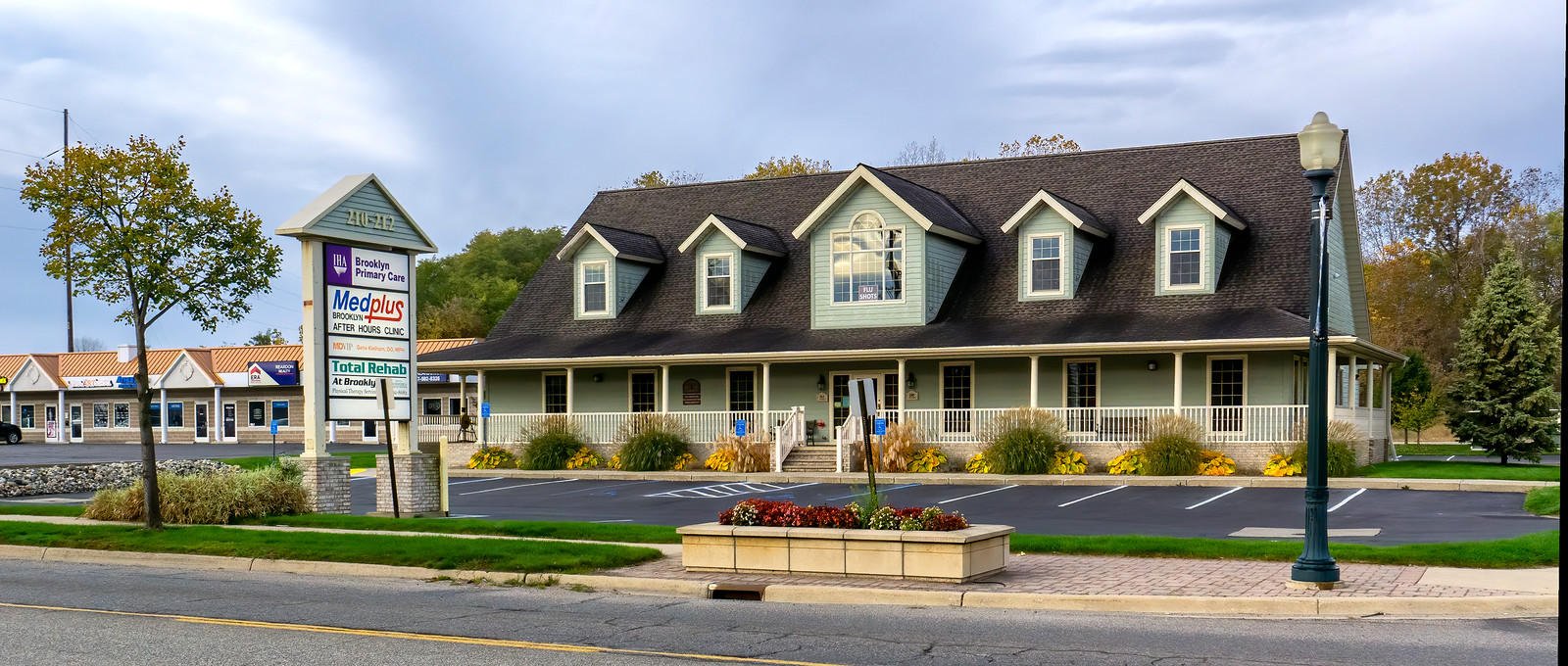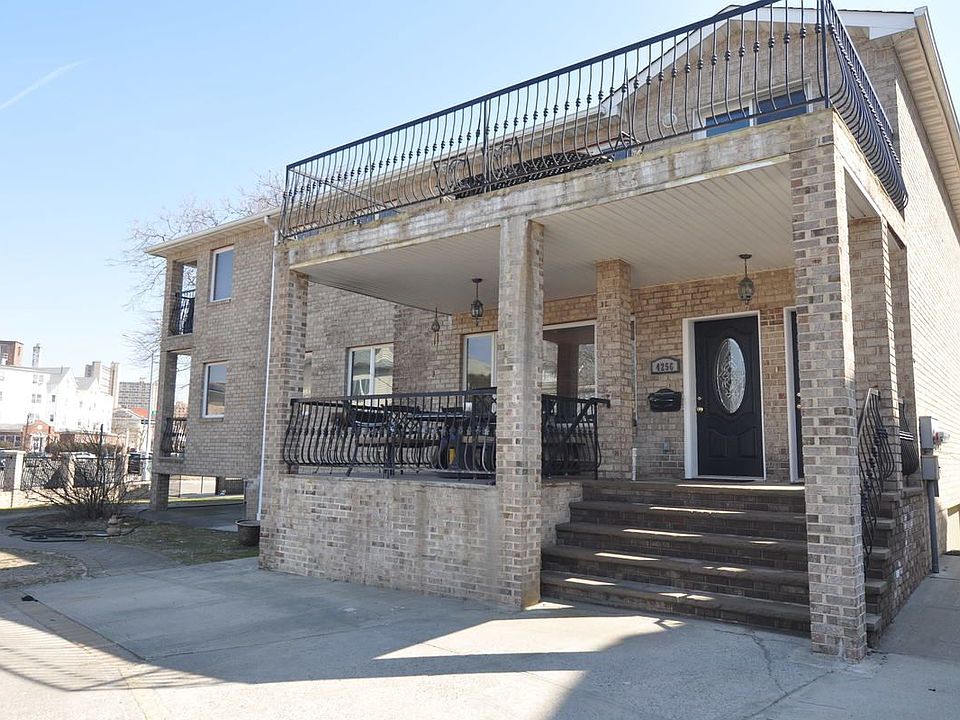
#Ag urgent care flatbush brooklyn free
In addition, the Bergens owned several slaves, as indicated in the 1800 United States Census where 19 slaves and 8 free non-whites were recorded living at the two Bergen houses. They owned two homesteads, the DeHart-Bergen House close to 37th Street and the Johannes Bergen House around 55th Street the former was used by the British during the Revolution. ĭuring the American Revolution, the area was mostly owned by the descendants of Hans Hansen Bergen, an early immigrant from Norway. These roads would be used during the American Revolutionary War in the Battle of Long Island. When New Netherland was conveyed to the English in 1664, the latter improved the waterfront pathway in the town of Brooklyn as part of a Gowanus (Coast) Road, which ran southwest to an east–west trail called Martense's Lane, then southward to the boundary with New Utrecht. The Dutch created long, narrow farms in the area. The area comprising modern Sunset Park was divided between two Dutch towns: Brooklyn to the northwest and New Utrecht to the southeast, divided by a boundary that ran diagonally from Seventh Avenue/60th Street to Ninth Avenue/37th Street. However, after the land was purchased in the 1640s by Dutch settlers who laid out their farms along the waterfront, the Canarsee were soon displaced, and had left Brooklyn by the 18th century. The first European settlement occurred in 1636 when Willem Adriaenszen Bennett and Jacques Bentyn purchased 936 acres (379 ha) between 28th and 60th Streets, in what is now Sunset Park. The Canarsee traded with other indigenous peoples, and by the early 17th century, also with Dutch and English settlers. The Canarsee Indians had several routes that crossed Brooklyn, including a path from Fulton Ferry along the East River that extended southward to Gowanus Creek, South Brooklyn (present-day Sunset Park), and Bay Ridge. South Brooklyn, an area in central Kings County extending to the former Brooklyn city line near Green-Wood Cemetery's southern border, was originally settled by the Canarsee Indians, one of several indigenous Lenape peoples who farmed and hunted on the land. Though modern-day Brooklyn is coextensive with Kings County, this was not always the case. Politically, Sunset Park is represented by the New York City Council's 38th and 39th Districts. Fire services are provided by the New York City Fire Department's Engine Company 201 and Engine Company 228/Ladder Company 114. It is patrolled by the 72nd Precinct of the New York City Police Department. Sunset Park is part of Brooklyn Community District 7. By the 21st century, the neighborhood's population is primarily composed of Hispanics and Chinese immigrants along with swaths of predominantly white young urban professionals and the remaining vestiges of Scandinavian, Irish and Italian communities. Immigrant groups started moving to the neighborhood in the late 20th century due to its relative affordability. After the decline of the industrial hubs in the 1940s and 1950s, the name "Sunset Park" was given to the region north of 65th Street as part of an urban renewal initiative. The arrival of elevated railways and the subway led to Sunset Park's development, with many middle-class row houses and several industrial hubs being erected in the 1890s through the 1920s.

Through the late 19th century, Sunset Park was sparsely developed, and it was considered to be part of Bay Ridge or South Brooklyn. The area was initially occupied by the Canarsee Indians until the first European settlement occurred in 1636. The region north of 36th Street is also known as Greenwood Heights or South Slope.


The neighborhood is named after a 24.5-acre (9.9 ha) public park of the same name, located between 41st and 44th Streets and Fifth and Seventh Avenues. Sunset Park is a neighborhood in the southwestern part of the borough of Brooklyn in New York City, bounded by Park Slope and Green-Wood Cemetery to the north, Borough Park to the east, Bay Ridge to the south, and Upper New York Bay to the west. Renaissance Revival, Romanesque Revival, Neo-Grec Classical Revival Roughly bounded by the Upper New York Bay, Thirty-sixth St., Ninth Ave.


 0 kommentar(er)
0 kommentar(er)
